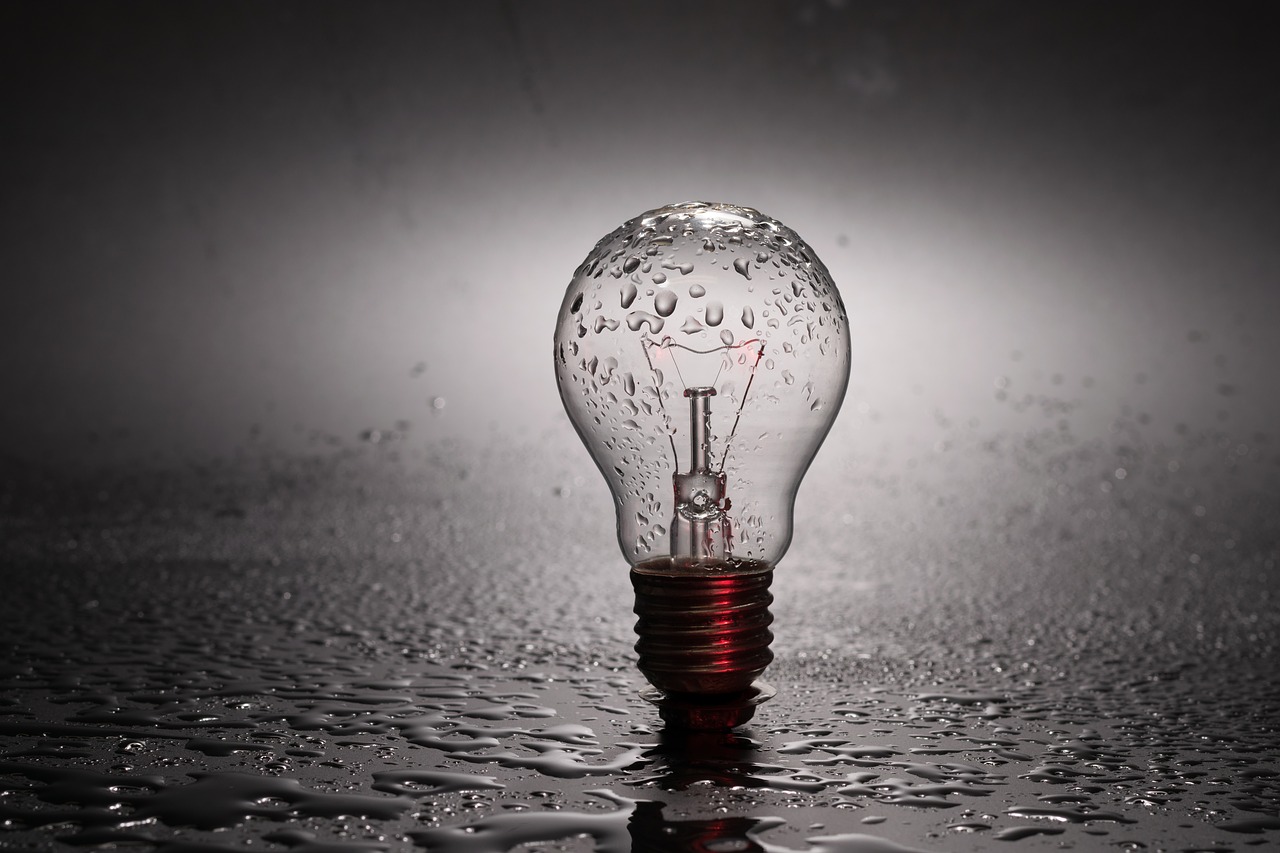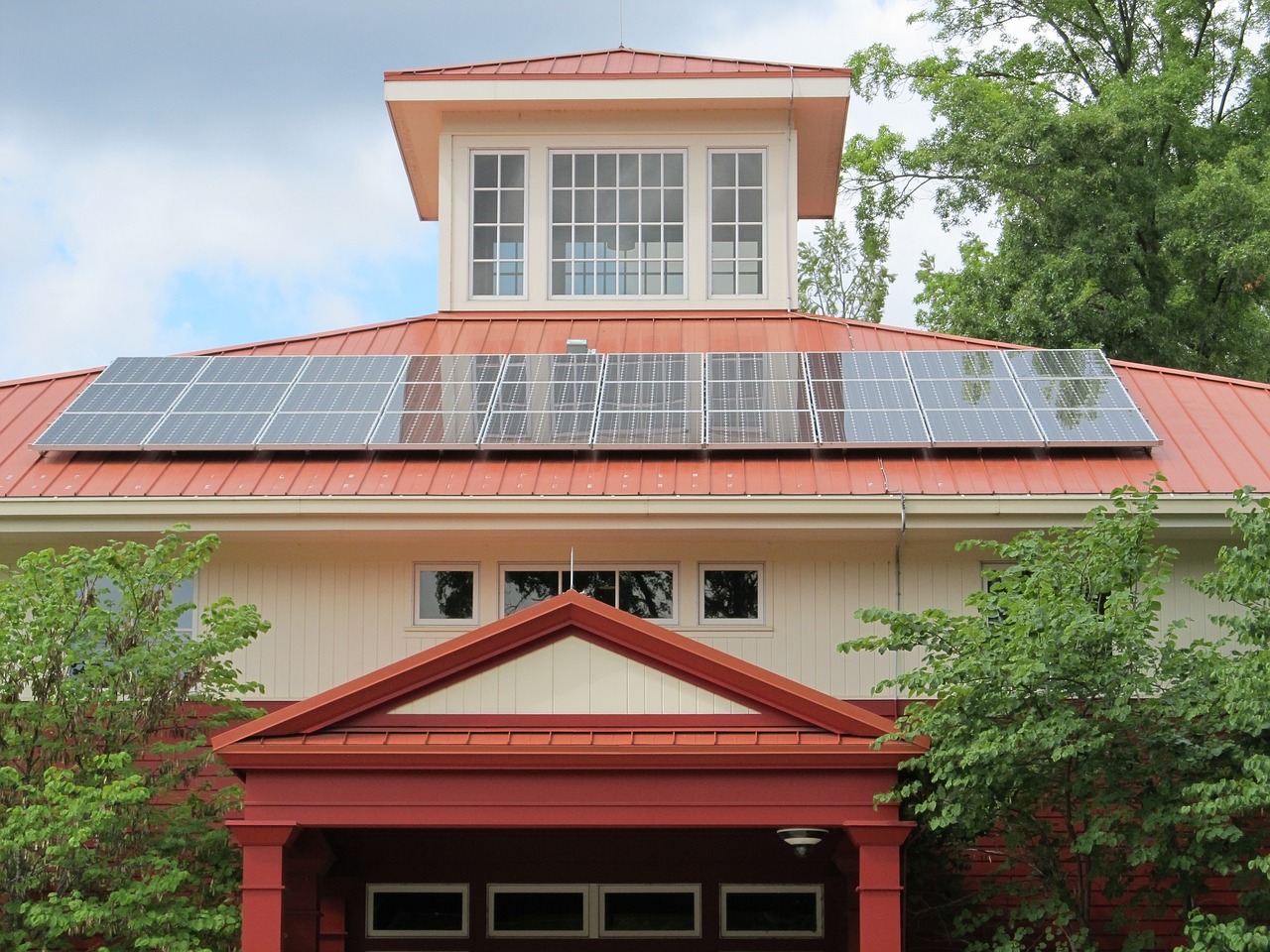The Leadership in Energy and Environmental Design (LEED) is a certification program developed by the US Green Building Council. It is the most recognized and known rating system for sustainable and green buildings. LEED emphasizes a “whole” building approach when it certifies a building. The building must perform better than conventional buildings in several sustainability areas. These areas include site selection, maintenance, water efficiency, energy efficiency, heating and cooling management, material selection, and air quality. Many building owners covet the designation of LEED for their building because of the many benefits that come with it.
Why Become LEED Certified?
Any business or building owner will tell you that profit margin is one of the most important things to measure. LEED certification focuses on this and two other important measures: people and conservation of resources. LEED buildings are healthier for occupants, more comfortable, have a small environmental footprint, and cut costs to operators. Energy savings can be up to 40% in some cases. LEED certification has also been proven to increase the value and rental rates of buildings. Juan Rodriguez wrote in an article that is LEED certified can also qualify the building for specific state and local government incentives and give more press attention to the building.
What are the Certification Levels?
The system used to award LEED certification is credit based. Buildings can earn points for environmentally friendly tactics used during design, construction, and use of the building. There are rating systems for different types of buildings such as homes, retail, healthcare, commercial, schools, and existing buildings. Each building type has a set of minimum program requirements (MPR) and has to have a set of preexisting attributes that must be present to begin the certification process. There are no points awarded for these items. There are optional credits available that will allow building types to earn points. Buildings must earn a minimum number of points to earn a certification. The point total awarded for credit is dependent upon the impact the particular action has on the environment. The USGBC determines this. The certification level utilizes a range system and is determined by the number of points earned by a building or project. The certification levels are as follows:
- Certified (40 – 49 points)
- Silver (50 – 59 points)
- Gold (60 – 79 points)
- Platinum (80+ points)
Steps to Pursue Certification
The first step in pursuing the LEED certification for your project is to register the project with the USGBC online. If possible, it is recommended to start the registration and certification during the design process and before construction or renovation. This allows the project team to incorporate better proven “credit granting” items into the design or renovation plan. Buildings pursuing certification must meet the following minimum requirements:
- Comply with environmental laws
- Be a complete, permanent building
- Use a reasonable site boundary
- Comply with minimum floor area requirements
- Comply with minimum occupancy requirements
- Commit to sharing data
- Comply with minimum building area to site area ratio
After registration, you should submit payment and sign the certification services agreement. From here, the project team will begin the documentation process!


